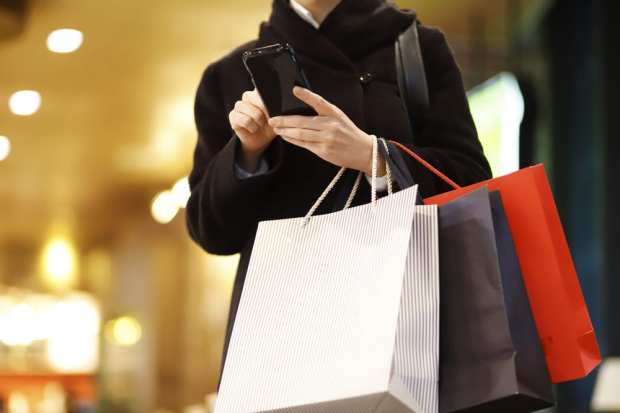Consumer Spending: Running Dry …. Or Dry Powder?

The consumer spending slowdown was due to happen, following the burst of activity and demand that had been hemmed in by the coronavirus. With a bit of tailwind from stimulus spending on steroids, of course.
The question is: How long can it all last?
On this point, the Commerce Department said Friday that personal consumption expenditures were up 1.9 percent in July as measured against June.
That represents a slowdown from the relatively charged pace seen in previous months. In June, consumer spending was up 6.2 percent, and in May it was up 8.6 percent. The positive trend marked a reversal over the 12.9 percent drop seen in April.
The latest reading was a bit better than expectations, at 1.5 percent.
Now that July is in the rear view mirror, the question is whether the positive spending was simply a function of the weekly $600 in supplemental unemployment benefits — which, of course, ended at the end of last month. There may be more money in the pipeline, as President Trump signed an executive order earlier in the month to bring $300 a week to unemployed individuals. But the timing of those funds is uncertain.
An important indicator of how consumer spending might move in the future stems from two other pieces of data. Earlier this week, the Conference Board’s Consumer Confidence Index was down for the second straight month, coming in for the month of August at 84.8, and dropping from a July reading of 91.7. Broadly speaking, consumers surveyed said that business and employment conditions deteriorated over the past month.
To get a sense of consumers’ less-than-sanguine outlooks, the Expectations Index, which measures sentiment about what is in store for the next several months — including income and job prospects — was down to 85.2 from a previous reading of 88.9. Fewer people think employment prospects are plentiful and fewer people think that business conditions are “good” (this reading fell to 16.4 percent of those surveyed, from 17.5 percent). The percentage of people who think conditions are “bad” rose from just under 39 percent to 43.6 percent.
That fairly bleak assessment implies uncertainty about navigating a rocky environment – and where there is uncertainty, people tend to pull back on spending. The situation is tenuous when it comes to dipping into cash reserves to pay for what we need — from staples like groceries to splurges.
The other data point: The Federal Reserve has made it a policy goal to promote “maximum employment” that will help low and moderate income communities. The Fed also seems to be shifting its two percent inflation target to be one realized over time as opposed to an absolute goal. As outlined by Fed chairman Jerome Powell, if inflation declines, rates will decline in tandem.
That signals a shift from proactively raising rates ahead of quickening inflation — and in turn means borrowing costs will remain low. It remains to be seen, of course, whether low rates will be enough to spur more buying on credit or taking out loans for houses or cars.
The other bet the Fed seems to be making is that if rates stay at roughly zero percent over a prolonged period of time, companies might take the plunge to expand and hire new workers.
